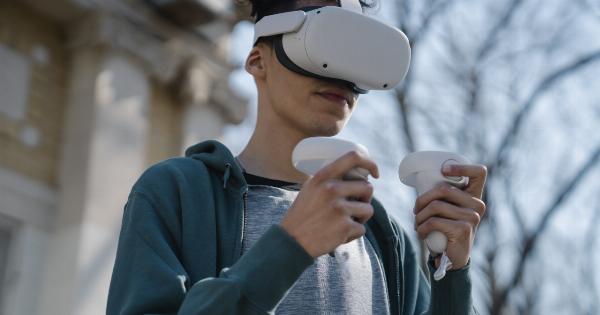Living with migraine can be an incredibly challenging experience, both physically and emotionally. For those who experience migraines, one of the most debilitating symptoms is light sensitivity.
Known as photophobia, this symptom is characterized by an intense sensitivity to light that can cause severe pain and discomfort. Understanding this symptom and how it affects those who suffer from migraines is essential for finding coping strategies and effective treatment options.
What is photophobia?
Photophobia is an extreme sensitivity to light that can cause pain, discomfort, and even nausea or vomiting.
For those with migraines, photophobia can be one of the most debilitating symptoms, often leading to missed work, social isolation, and a decreased quality of life. Light can trigger or exacerbate migraine attacks, and the severity of photophobia can vary from person to person or even from one migraine attack to the next.
Why do migraines cause photophobia?
The exact underlying cause of photophobia in migraines is not fully understood. However, researchers have identified several possible mechanisms that may contribute to this symptom.
One theory suggests that migraine-related changes in the brain can cause a heightened sensitivity to light. Another possibility is that constriction of blood vessels in the eye can contribute to photophobia by reducing the amount of light that enters the eye and subsequently causing eye strain and headache.
What are the symptoms of photophobia?
Photophobia can cause a range of symptoms, including:.
- Pain or discomfort in the eyes, head, or neck
- Squinting or closing of the eyes in bright light
- Difficulty seeing or blurry vision
- Nausea or vomiting
- Dizziness or lightheadedness
How is photophobia treated?
There is no one-size-fits-all treatment for photophobia, as the severity and underlying cause can vary from person to person. Some strategies that may be effective in reducing photophobia include:.
- Avoiding bright or flickering lights
- Wearing tinted glasses or sunglasses indoors and outdoors
- Using red or orange-tinted lights instead of white lights
- Using a computer screen glare filter
- Controlling exposure to light with curtains or shades
In addition to these strategies, there are several medications that may be effective in reducing photophobia and other migraine symptoms.
These may include nonsteroidal anti-inflammatory drugs (NSAIDs), antidepressants, antiepileptic drugs, and beta-blockers. Your doctor can help determine the best treatment options for your individual needs.
How can I prevent migraines and photophobia?
Preventing migraines and photophobia requires a comprehensive approach that may include lifestyle changes, medication, and other therapies. Some strategies to consider include:.
- Avoiding known triggers, such as certain foods, stress, and lack of sleep
- Keeping a diary to track migraines and potential triggers
- Maintaining a healthy sleep schedule and getting regular exercise
- Practicing stress-reducing activities such as yoga or meditation
- Getting regular medical checkups and following recommended treatment plans
Conclusion
Migraines can be a challenging condition to live with, and photophobia is one of the most disabling symptoms associated with this condition.
Understanding the causes, symptoms, and treatment options for photophobia can help individuals with migraines find effective strategies for coping with this often-debilitating symptom. If you experience migraines and photophobia, talking to your doctor about your symptoms and treatment options is an essential first step in managing your condition.



























